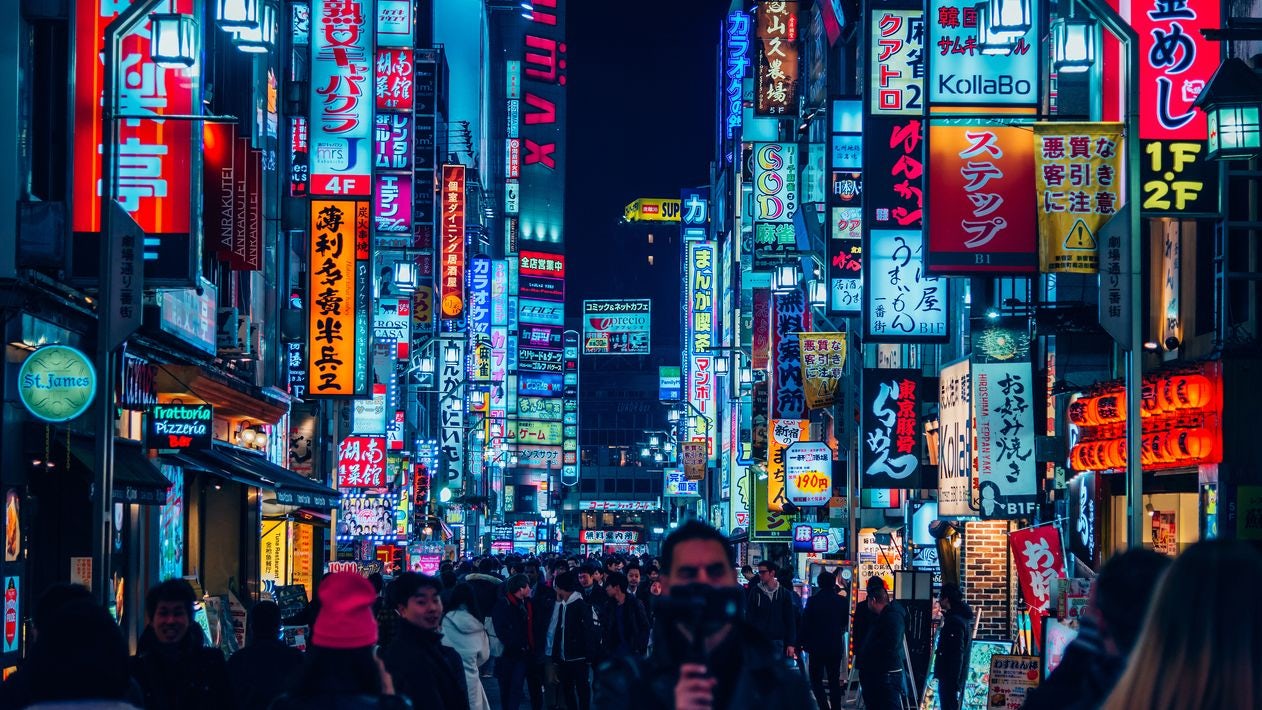Key Takeaways:#
International travel was brought to a standstill by COVID-19, so Chinese consumers stayed home and looked for alternative leisure activities like buying luxury items.
Around 70 to 80 million Chinese lost their jobs or could not work starting at the end of March of 2020, and 8.7 million recent graduates entered the country's workforce in 2020.
China’s economic growth hit a 44-year low in 2020, so all signs are pointing to a significant cooling of that economy.
Last year, the luxury goods market was deeply affected by the COVID-19 pandemic, with sales registering a sharp decline reminiscent of the one initiated by the 2009 financial crisis. Bain & Company reports that the core personal luxury goods market fell by 23 percent year-on-year to hit 263 billion. This drop is the largest recorded since Bain began monitoring the industry.
Growth forecasts for the personal luxury goods industry in 2021 vary significantly. For example, Bain estimates that recovery to 2019 levels won’t occur until 2022 or 2023, while McKinsey forecasts a positive growth of 1 to 4 percent in 2021, compared to 2019.
And even when market participants and investors are optimistic about the industry's recovery, their predictions and forecasts vary. Yet, they all agree that China will become the driving force of the industry.
China is on track to become the world’s biggest luxury market by 2025, and local consumption has “roared” ahead even during the global pandemic, according to Federica Levato, a partner at Bain’s luxury goods vertical.
Having said that, it’s worth mentioning that while international travel has been brought to a standstill, Chinese consumers who stayed home looked for alternative leisure activities. Instead of traveling to Europe, they spent their funds on luxury purchases. However, this positive trend will likely slow down once life returns to normal and international travel resumes.
But, unfortunately, China’s cooling economy could cause serious problems for the luxury industry. Consumer debt has expanded, and the free-spending younger demographics are hardly coping well with financial stress. Considering that these debt-ridden shoppers are luxury's most valuable consumers, the industry should prepare for possible setbacks shortly. Plus, the country is also grappling with high unemployment.
Last year, the domestic brokerage firm Zhongtai Securities released a report measuring China's real unemployment rate at 20 percent. And according to UBS analysts, around 70 to 80 million Chinese lost their jobs or could not work starting at the end of March. Additionally, 8.7 million recent graduates entered China's workforce in 2020.
China’s economic growth also hit a 44-year low in 2020, according to Reuters. As such, all signs are pointing to a significant cooling of that economy. So what is next for the luxury industry now that it has become even more dependent on China?
Unfortunately, the industry seems ill-prepared to deal with a new crisis. If anything, the COVID-19 pandemic has exhibited the industry's flaws and showed its inability to stay ahead of the curve or have a visionary strategy for long-term growth. In fact, the luxury industry always seems to be one step behind cultural changes, digital transformation, and the implementation of cutting-edge solutions and technologies. This issue hinders economic opportunities and makes it impossible to find additional revenue streams.
There is much talk these days about the democratization of luxury. But despite improvements, the industry remains quite selective and exclusive. Instead of peddling European elitism as it did in the past, the industry now focuses on the needs of Chinese teenagers and young adults, hardly ever considering more mature demographics. So, what of China’s older, wealthier cohorts — for example, the country’s seniors, aged 60 and above? This group already owns properties and enjoys retirement savings. As such, they represent a money-making opportunity but are often overlooked.
Instead of going to great lengths to achieve loyalty from a traditionally disloyal segment or trying to cater to millennial whims, brands should redirect some of their marketing efforts toward this oft-ignored demographic segment. It should be noted that China’s group of seniors will grow to 300 million by 2025 and 400 million by 2033, according to the Office of the National Working Commission on Aging.
Well-heeled Gen Xers are also worthy of consideration. This group is gaining fame thanks to its professional and financial success. And as self-sufficient individuals who directly experienced Deng Xiaoping’s economic reforms, they are far better off than the pampered, younger demographics. Yet, luxury brands don’t have elaborate marketing campaigns or selling strategies in place for them.
The luxury industry shouldn’t just reach out only to new audiences in China, though, but also to new markets in the Asia-Pacific, African, and Latin American regions. Growth can be further spurred by entering emerging markets where local elites are underserved.
Instead of aggressively expanding physical retail in lower-tier Chinese cities, luxury brands should consider enhancing their distribution channels or brick-and-mortar stores in other Asian countries like Thailand, Malaysia, and Vietnam that have become new luxury vacation destinations to the Chinese elite.
Luxury brands who want to thrive in the post-COVID-19 world need to reach out and become truly egalitarian. Currently, a China-centric approach might bring temporary gains. But in the long term, it isn’t likely to sustain profitable growth.


